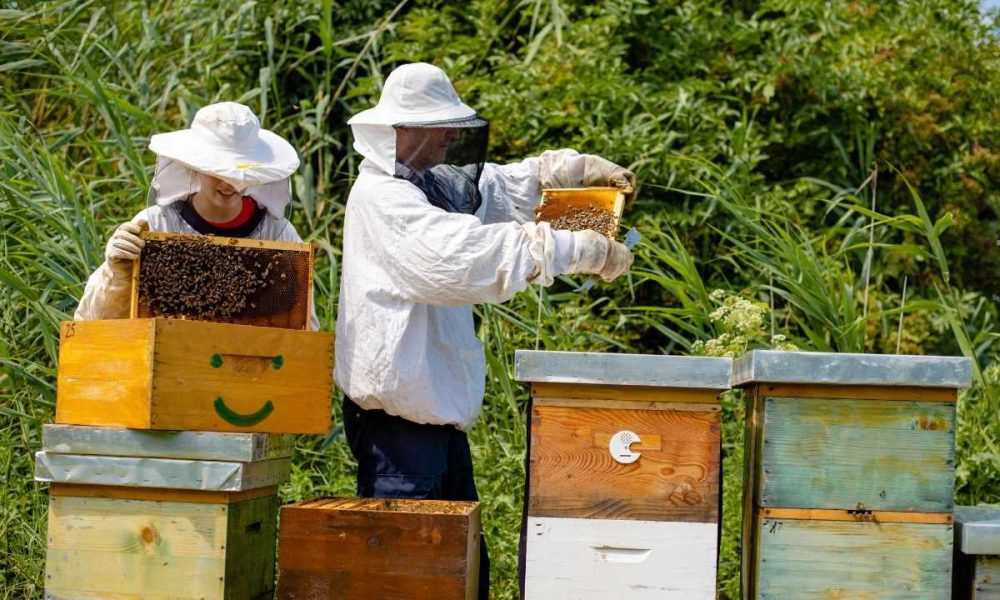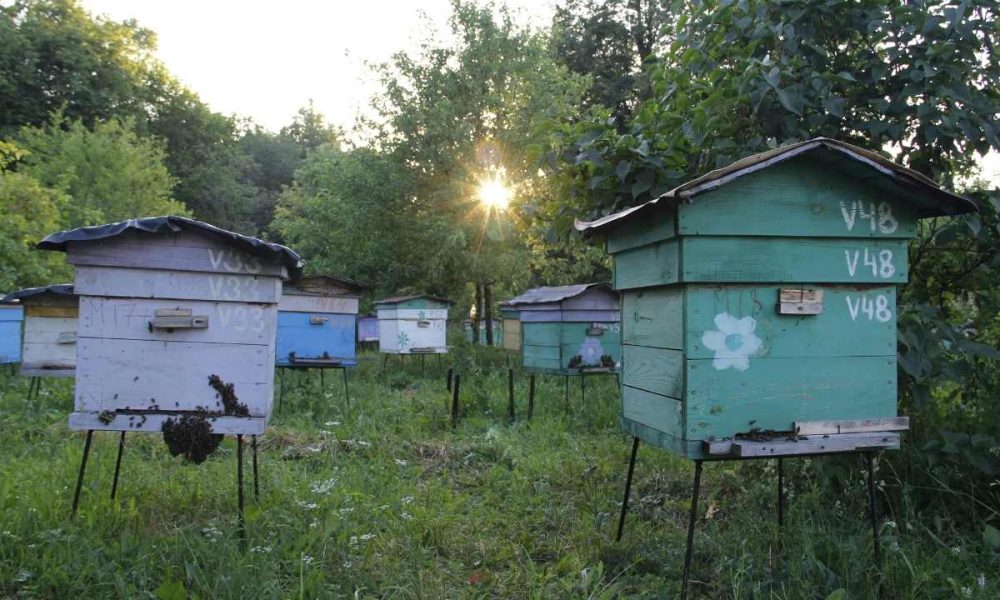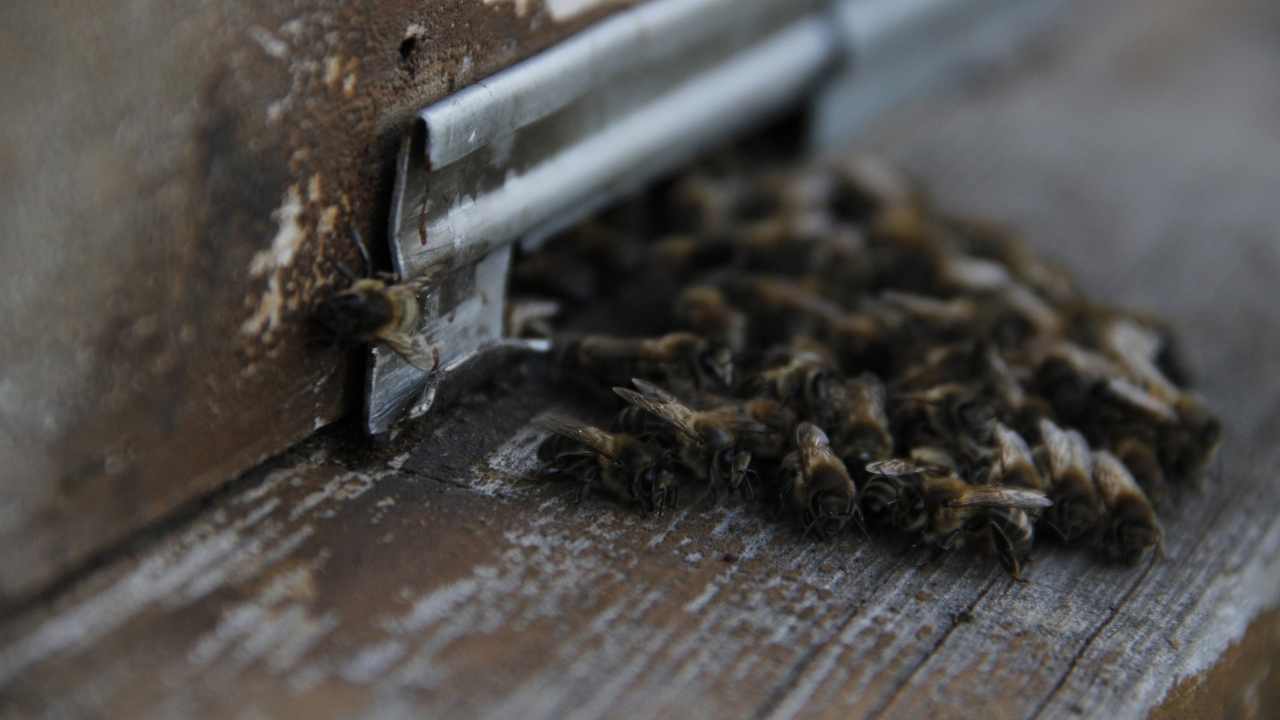
You’re the beekeeper with a hive full of busy bees, and you know that every hive needs a queen to keep everything running smoothly. But how much do you really know about your queen bee? She’s not just any ordinary worker, she’s the royalty of your hive, and her health and productivity are crucial to the success of your colony.
Don’t worry if you don’t feel like an expert yet – we’ve got you covered with all the Queen Bee Know-How you need to take care of your hive’s leader. From understanding genetics in selecting a queen to rearing, replacing, and managing her properly, we’ll guide you through every step. With our tips and tricks, you’ll be able to improve your hive’s health and productivity, making sure that both your bees and yourself are happy. So let’s dive into the intricate world of queen bee management!
Understanding the Importance of Genetics in Queen Bee Selection
You’ll be amazed at how much genetics can impact the success of your hive’s leadership. Selecting genetics is an essential part of beekeeping, as it ensures that the right traits are passed down to future generations. Breeding strategies play a crucial role in this process, and many factors need to be considered when choosing a queen bee. For instance, you’ll want to select queens with desirable characteristics such as docility, disease resistance, honey production ability, and brood pattern consistency.
To achieve this goal, beekeepers use different breeding methods such as instrumental insemination or natural mating to produce high-quality queen bees. The former involves manually collecting semen from drones and injecting it into a virgin queen while the latter occurs naturally when the queen mates with numerous drones on her mating flight.

Understanding the importance of genetics will help you make informed decisions about selecting suitable queens for your hive. With careful consideration of various traits and breeding strategies, you can ensure that your hive’s leadership remains healthy and productive. Now let’s move on to signs of queen health and productivity without delay!
Signs of Queen Health and Productivity
You need to be able to recognize and treat diseases in your queen bee if you want to ensure the health and productivity of your hive. Evaluating egg-laying patterns is also crucial because it can tell you a lot about the quality of your queen’s health and her ability to lay eggs consistently. Assessing brood production is another key factor, as it indicates whether or not your queen is producing enough offspring to maintain a healthy population in the hive. By paying attention to these factors, you can ensure that your queen bee remains healthy and productive for years to come.
Recognizing and Treating Diseases
Identifying and addressing diseases in your beehive is crucial for maintaining the health and productivity of your colony. As a beekeeper, you should always be on the lookout for any signs of illness or abnormalities in your hive’s queen. Diagnosing diseases in queens can be tricky, but there are a few key symptoms to watch out for. Some common signs that your queen may have an issue include slowed egg-laying patterns, reduced brood production, abnormal coloring or size, and erratic behavior.
If you do notice any concerning changes in your queen’s behavior or appearance, it’s important to act fast. Treatment options will depend on the specific disease or condition affecting your hive. For example, if you suspect that your queen has developed foulbrood disease, it may be necessary to remove her from the hive entirely to prevent further spread of infection. On the other hand, less severe conditions like mites or chalkbrood can often be treated with simple interventions like medication or cleaning protocols. By staying vigilant and taking prompt action when necessary, you can help ensure that your hive stays healthy and productive over time.
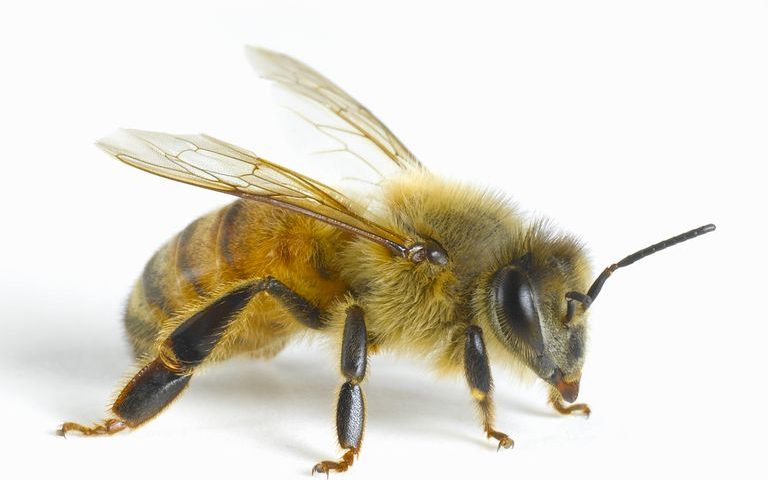
Recognizing and treating diseases is just one aspect of managing a successful beekeeping operation. Next up: evaluating egg-laying patterns to keep tabs on the overall health of your colony!
Evaluating Egg-Laying Patterns
Get ready to check out how your colony is doing by evaluating their egg-laying patterns! Analyzing behavior and monitoring the environment are crucial steps in ensuring that your queen bee is producing a healthy brood. Observing the number of eggs laid, their placement, and timing can give you insights into the health of your hive. You should look for consistency in egg-laying patterns as well as any deviations from normalcy.
It’s important to remember that many factors can affect a queen bee’s ability to lay eggs, including weather conditions, disease, and nutrition. If you notice any irregularities or abnormalities in egg-laying patterns, it may be time to take action. Whether it’s providing additional food sources or seeking professional help to diagnose potential health issues within the hive, proactive measures will ensure that your colony remains healthy and productive. With this knowledge, let’s move on to assessing brood production!
Assessing Brood Production
Now it’s time to see how your colony is crushing it with brood production – you won’t believe the sheer amount of baby bees buzzing around! Brood pattern analysis is a critical component of assessing your hive’s health. You’ll need to take a close look at the brood chamber and evaluate the number of eggs, larvae, and capped brood cells present. A healthy hive should have an even distribution of all three stages. If you notice any abnormalities, such as spotty patterns or empty cells, it could indicate issues with mating or disease.
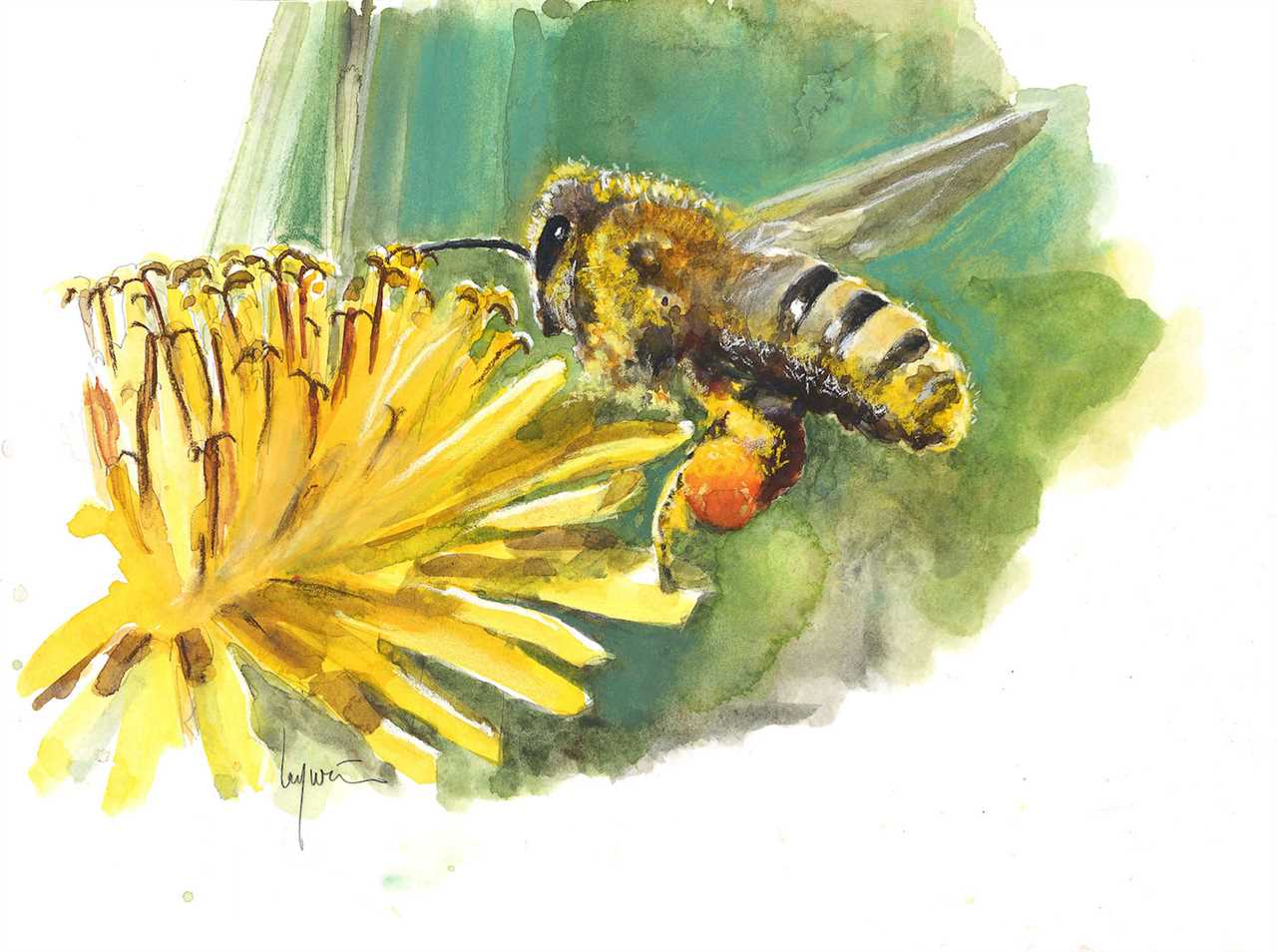
Brood chamber management also plays a role in ensuring optimal brood production. As your colony grows, you may need to add additional boxes for more space. Keep an eye on the temperature and humidity levels inside the hive to ensure that they remain within acceptable ranges for bee development. With proper care and attention to detail, your colony will continue to thrive and produce plenty of healthy baby bees for years to come. And speaking of thriving colonies, let’s move on to discussing how to rear queen bees!
Rearing Queen Bees
If you’re looking to rear queen bees, there are three key points you need to keep in mind: creating queen cells, introducing new queens, and following a queen rearing calendar. To create queen cells, you’ll need to select larvae that are the right age and fed with royal jelly. When it comes time to introduce a new queen, it’s important to do so gradually and carefully to avoid disrupting your hive’s delicate balance. Finally, having a clear understanding of the queen rearing calendar will help ensure that your colony stays healthy and productive throughout the year.
Creating Queen Cells
You’ll be fascinated to discover the process of creating new queen cells in your hive. Queen cell construction is a crucial step in rearing new queens, and it starts with identifying a healthy larva that’s no more than 24 hours old. Once you’ve found one, carefully transfer it into a queen cup – an elongated cell that’s specifically designed for raising new queens.
Next, you’ll need to create the right conditions for the larva to develop into a queen bee. This involves feeding it royal jelly – a special substance secreted by worker bees – several times per day. Over time, the larva will grow larger and begin spinning its cocoon inside the queen cup. Eventually, a fully-formed queen bee will emerge and take over as the leader of your colony. Creating new queen cells is also a great way to prevent swarming – when half of your bees leave in search of a new home. By producing more queens, you can keep your existing colony intact while simultaneously expanding your operation.
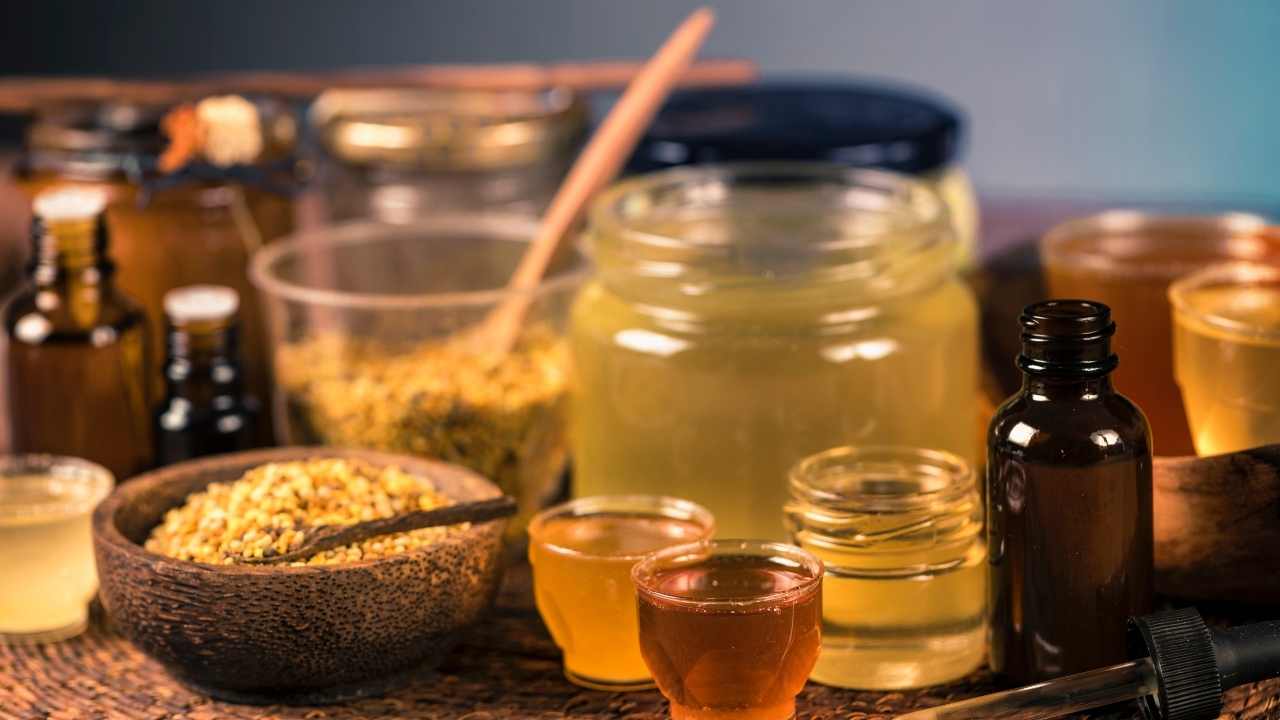
Now that you know how to create queen cells and prevent swarming, it’s time to learn about introducing new queens into your hive. While this can be an exciting moment for any beekeeper, it’s important to do so carefully and thoughtfully so as not to disrupt the delicate balance of your colony.
Introducing New Queens
Introducing a new monarch into a bustling kingdom can be a delicate dance, requiring careful observation and consideration of the existing hierarchy. When introducing a new queen, it is important to ensure that she has mated properly and is able to produce healthy offspring. This mating process occurs outside of the hive, so it is important to purchase queens from reputable sources or raise your own in order to have control over their genetics.
Before introducing the queen, it is crucial to take steps for swarming prevention. This includes ensuring that there is enough space in the hive for brood rearing and honey storage, as well as removing any queen cells that may trigger swarming behavior. Once these precautions are taken, you can gently introduce the new queen by placing her in a cage within the hive for several days until the bees become accustomed to her pheromones. After this period of acclimation, release her into the colony and monitor closely for any signs of aggression or rejection. By following these steps with care and attention, you can successfully integrate a new queen into your thriving beekeeping operation.
Now that you know how to introduce a new queen into your colony successfully let’s move on to understanding more about timing with our next subtopic on ‘queen rearing calendar’.

Queen Rearing Calendar
Get ready to maximize your honey production and feel confident in the timing of your colony’s growth with the queen rearing calendar. Queen rearing techniques can be complicated, but with this handy tool, you can schedule each step of the process for optimal results. Here are three important items to keep in mind when using a queen rearing calendar:
- Selecting breeding stock is crucial for successful queen rearing. Look for colonies that have high honey production, low aggression levels, and healthy brood patterns.
- Timing is everything when it comes to queen rearing. The best time to start the process is during a nectar flow or right after one ends.
- Keep track of the age of your queens and plan accordingly for replacements. A good rule of thumb is to replace queens every 1-2 years.
Now that you know how to use a queen rearing calendar effectively, it’s important to understand how to replace queen bees without disrupting your hive’s productivity.
Replacing Queen Bees
If you want to keep your hive healthy and productive, it’s important to refresh the leadership every so often. Replacing queen bees is a necessary task that beekeepers must undertake. Queen bees have a lifespan of about 2-3 years, after which they start laying fewer eggs and their pheromone production decreases. This can cause disturbances in the hive as workers become agitated without a strong leader to guide them.
Before replacing your queen, observe the behavior of your current queen bee. If she exhibits signs of aggression or erratic behavior, it may be time for her to go. When selecting replacement queens, look for ones with good genetics and gentle behavior. You can purchase queens from reputable breeders or raise your own by grafting larvae into special cells and allowing them to develop into queens. Remember that replacing a queen is not always an easy process and requires careful management of the hive during the transition period.

As you move on to managing queen bees, remember that this task also requires attention and care in order for your hive to thrive.
Managing Queen Bees
In this section, we’ll explore how to care for the leader of your colony and increase her egg-laying productivity – did you know that a queen bee can lay up to 2,000 eggs per day?! Managing queen bees is crucial in maintaining the overall health and stability of your hive. One important aspect of managing queen bees is understanding and utilizing queen pheromones. These scents are produced by the queen’s mandibular glands and are essential in keeping the worker bees calm and productive. Regularly checking on your queen’s pheromone levels will help you identify any potential issues within the hive.
Another key element of managing queen bees is swarm prevention. Swarming occurs when a large group of worker bees leave the hive with their old queen to establish a new colony, leaving behind enough resources for the remaining bees to raise a new queen. This can result in decreased honey production and weakened hive health. To prevent swarming, make sure your hive has enough space for expansion, regularly check for signs of overcrowding or congestion, and consider requeening if necessary. Now that you understand how to manage your colony’s royalty through pheromone monitoring and swarm prevention techniques, let’s move on to improving hive health and productivity through nutrition management.
Improving Hive Health and Productivity
Improving the health and productivity of your colony is crucial for maintaining a successful and thriving beekeeping operation. One important aspect to consider is nutrition strategies. Just like humans, bees require a balanced diet to stay healthy and productive. Providing your bees with quality food sources such as pollen patties or sugar water can help boost their immune system, increase honey production, and improve overall hive health.
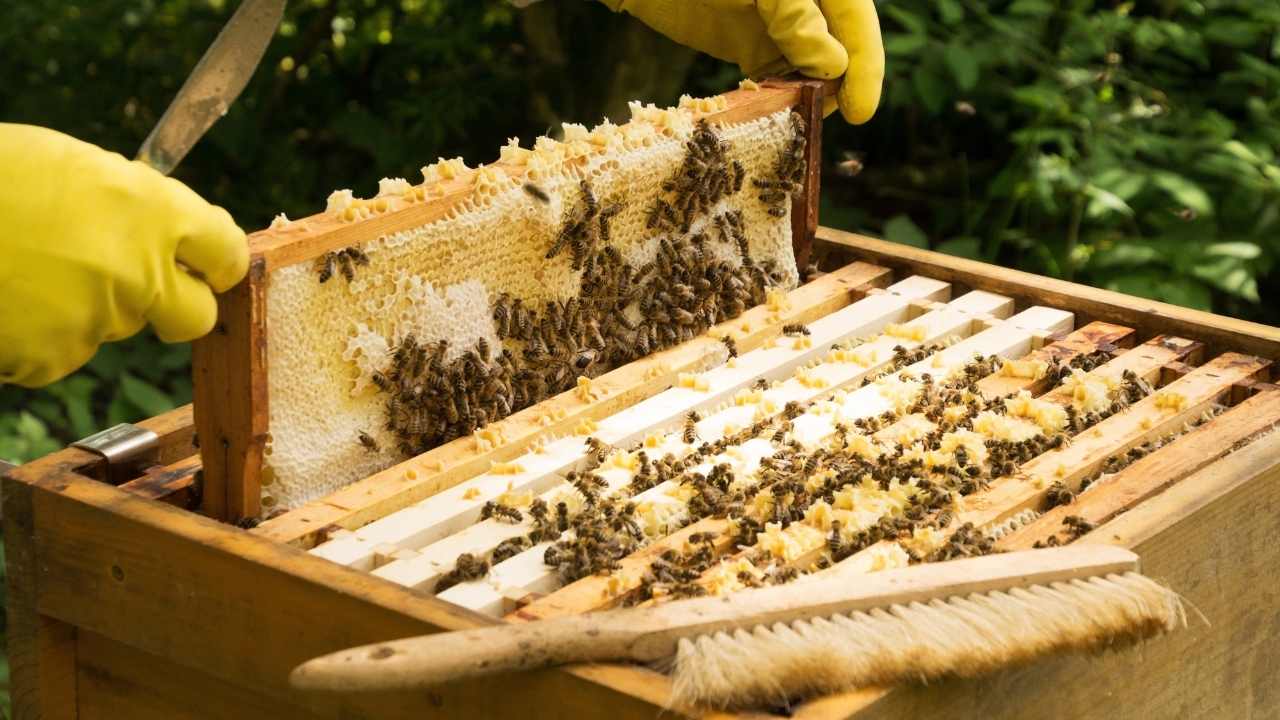
Another important factor in improving hive health and productivity is pest management. Pests such as mites, wax moths, and small hive beetles can wreak havoc on your colony if left unchecked. Regularly inspecting your hives for signs of infestation, using non-toxic pest control methods such as screened bottom boards or natural essential oils, and keeping a clean apiary can all help prevent pests from taking over your hives. By implementing these strategies for nutrition and pest management, you can ensure that your bees are happy, healthy, and productive year-round.
Frequently Asked Questions
How long does it take for a queen bee to develop from an egg to a mature queen?
To become a mature queen bee, it takes around 16 days from the time the egg is laid. However, this development timeline can vary depending on various factors such as temperature, nutrition, and quality of the eggs. If conditions are favorable, then the egg will hatch into a larva after three days and start feeding on royal jelly to grow into a pupa. During this phase, the queen bee’s wings form and her reproductive system develops until she emerges as a fully developed queen bee. It is crucial to monitor these factors carefully if you want your hive to have strong and healthy queens that can lead your colony for years to come.
Can a hive have multiple queen bees at the same time?
Did you know that a hive can have multiple queen bees at the same time? This may seem counterintuitive, but there are actually benefits to having more than one queen in your colony. The main advantage is that it reduces the risk of losing the entire hive due to a single point of failure. If one queen dies or leaves, another can take her place and keep the colony thriving. However, it’s important to understand that not all queens are created equal – there will always be a dominant queen who lays the majority of eggs and leads the hive. Managing multiple queens requires careful observation and management to ensure they coexist peacefully without competing for resources or causing disruption in the overall hierarchy.
What is the ideal age for a queen bee to be replaced?
When it comes to queen bee replacement, there are a few factors that you should consider. Genetics plays a big role in determining the lifespan of your queen bee. If her genetics are strong, she may live for up to three years before needing to be replaced. On the other hand, if her genetics are weak, she may only last a year or less. Health is another important factor. A healthy queen bee will lay more eggs and produce more offspring than an unhealthy one. If your queen bee shows signs of illness or disease, it’s time to consider replacing her.
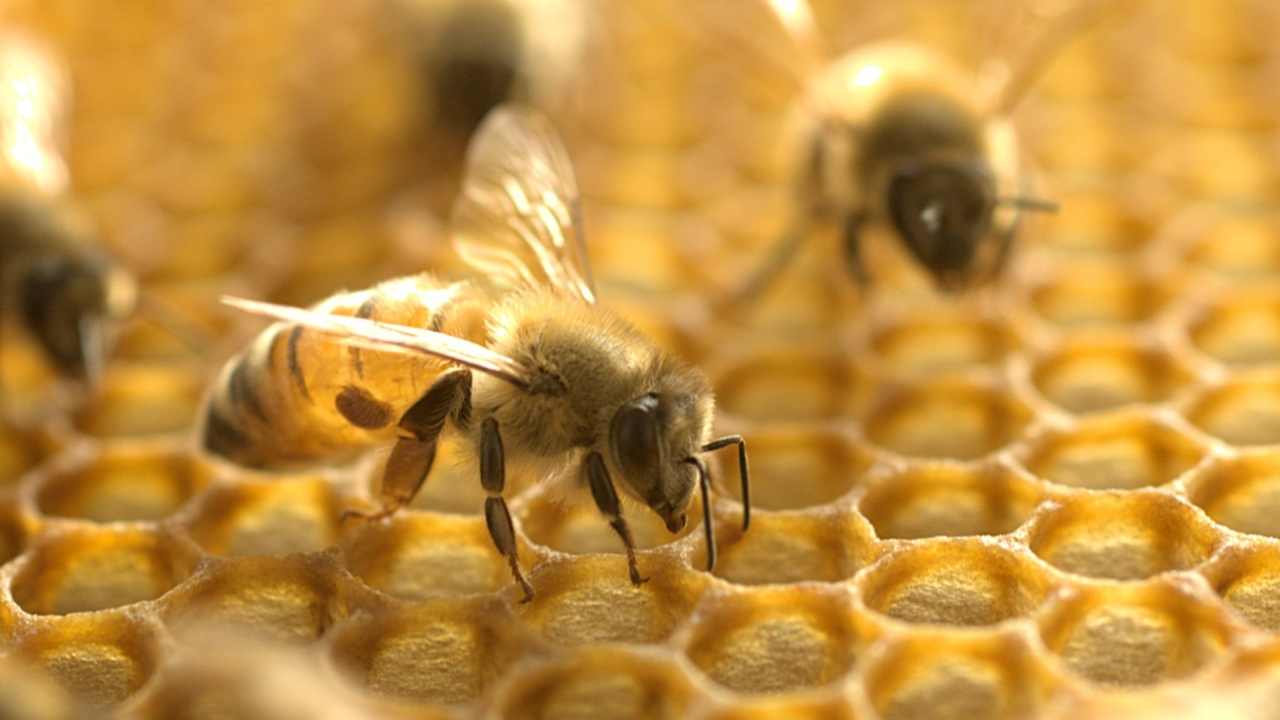
There are two methods for rearing queen bees: natural and artificial. Natural rearing involves allowing the worker bees in the hive to select and feed royal jelly to potential queens until one emerges as the new leader. Artificial rearing involves removing larvae from the hive and placing them into special cells with royal jelly that speeds up their development into mature queens.
In conclusion, knowing when to replace your queen bee is crucial for maintaining a healthy and productive hive. Keep an eye on her genetics and health, and consider using either natural or artificial rearing methods when it’s time for a replacement.
Can a queen bee from one hive be introduced to another hive without any issues?
Introducing Queens: Compatibility Concerns, Best Practices and Queen Bee Genetics: Implications for Hive Merging are important factors to consider before introducing a queen bee from one hive to another. It is crucial to ensure that the queen bee being introduced is healthy and free of diseases, as well as checking the temperament of both hives. If the queen bee genetics differ too much between the two hives, this could lead to aggression and even fighting among bees. It’s also essential to introduce the new queen slowly and monitor her behavior closely during the merging process. By following best practices, you can successfully merge two hives without any issues and maintain a thriving colony with a strong and productive queen bee.
How can a beekeeper prevent swarming when rearing a new queen bee?
To prevent swarming when rearing a new queen bee, you need to ensure that the colony is well-nourished. Queen bees require specific nutrition to develop properly, and if they don’t receive it, the colony may become stressed and more likely to swarm. Providing enough honey for your bees is crucial in this process as it affects their overall health and productivity. Additionally, overworking your bees by taking too much honey from them can lead to stress and ultimately cause swarming. Always keep an eye on your hive’s honey production impact, ensuring that there is enough honey for the colony’s needs while leaving some extra for emergencies. By taking care of your hive’s nutritional needs, you can effectively prevent swarming during queen bee rearing.
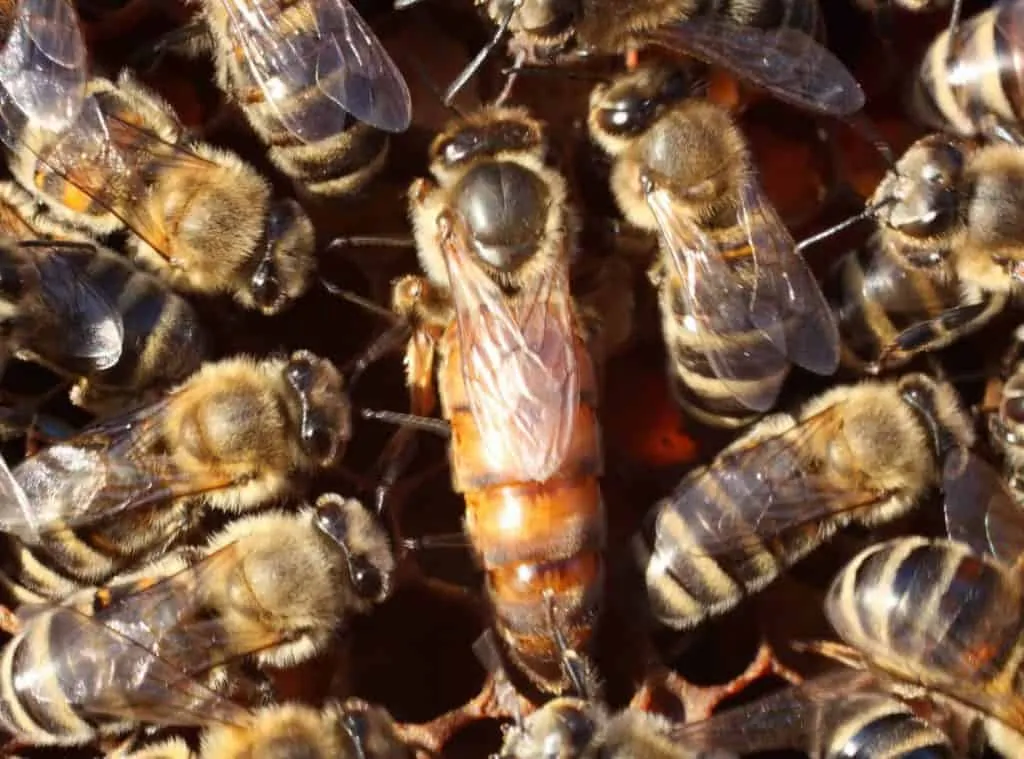
Conclusion
Congratulations! You are now well-versed in the intricate world of queen bee know-how. With your newfound knowledge, you can confidently select, rear, replace, and manage your hive’s royalty with ease.
Who knew that genetics played such a crucial role in queen bee selection? And who would have thought that knowing the signs of queen health could be so important? But you now understand the importance of these factors and how they can impact your hive’s productivity.
With your expertise in rearing and replacing queen bees, you can ensure that your colony stays strong and healthy. And by managing your queens effectively, you’ll be able to improve hive health and productivity. Who knew that becoming a successful beekeeper required such intricate knowledge about one tiny aspect of the hive? But now that you do, you’re ready to take on any challenge that comes your way. Happy beekeeping!

Roger Thomas is a seasoned beekeeper and hive architect with a deep-seated passion for sustainable living. His fascination with bees has shaped his professional career, giving him practical and theoretical expertise in bee behavior, colony health, and optimal hive conditions. Roger’s technical skills shine in his bespoke hive creations that cater to the specific needs of diverse bee species, while his sustainable practices promote environmental balance and the wellbeing of the bee population.
As he continues his journey in beekeeping, Roger has become a dedicated advocate for responsible practices and an insightful educator in his field. His posts aim to inspire new beekeepers, underline the importance of sustainability, and showcase the remarkable contribution bees make to our ecosystem. Roger invites you to join him as he delves into the world of bees and the rewarding, honey-sweet art of beekeeping.

